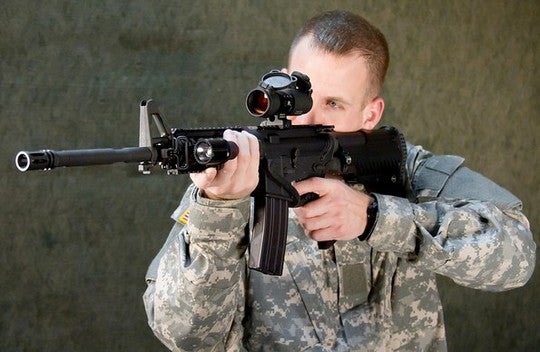T.Worx emailed me an update on their Powered Picatinny Rail project …
Carl J. Wallace, CEO, told me …
We are the only sole source firm currently funded by the US government. We are entering Phase II of the Commercialization Pilot Program for final hardening and kit creation.
Our company (a subsidiary of Prototype Productions Inc) has created a circuit board that can be inserted into Picatinny rails conveying electricity and data in any environment.
Selected by NATO as the STANAG in March of this year, we are moving forward with the sale of our technology both here in the US and world wide.
Unlike competitors, we have created a system solution that addresses concerns about ease of use, weight, redundancy, run times and communication.
The T.Worx stores batteries in the AR-15 stock. Up to four 18650 li-ion batteries can fit in the stock, which could mean 12,000+ mAh of power depending on the batteries used.
A 2-wire digital communication bus connects all the devices allowing them to communicate with each other over a SPI-derived protocol, which would lead to some interesting applications.
 Your Privacy Choices
Your Privacy Choices





